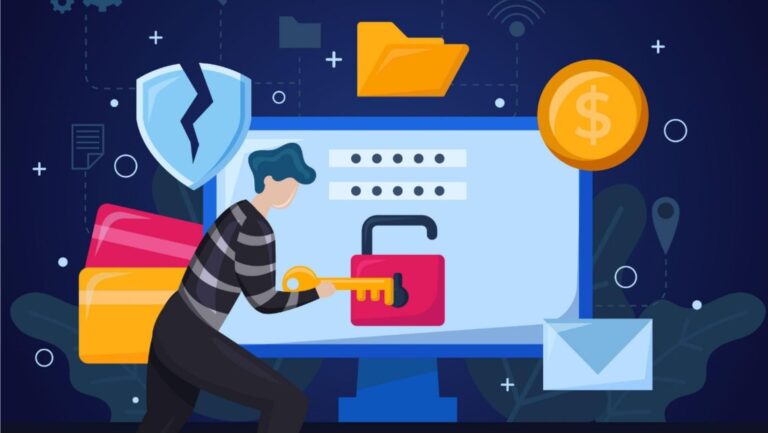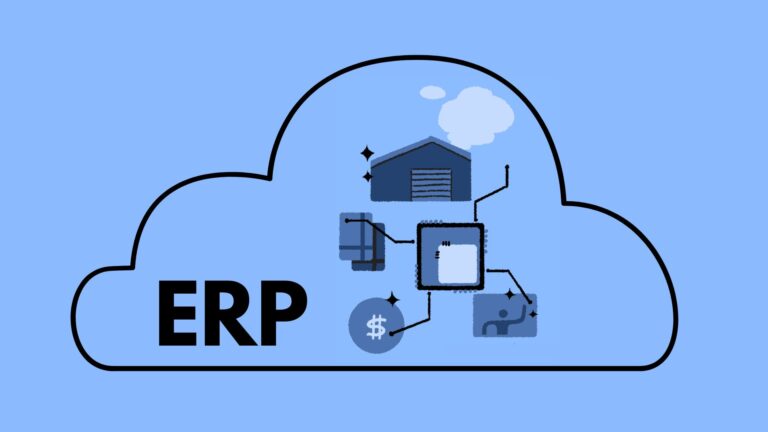Video piracy refers to the unauthorized distribution or reproduction of copyrighted video content, posing a significant threat to the content creation industry. From illegal streaming to physical counterfeiting, piracy undermines creators’ revenue streams, stifles innovation, and compromises the integrity of the entertainment ecosystem. The global economic cost of video piracy is estimated to be a staggering $232 billion annually. Understanding its implications is vital for safeguarding intellectual property and sustaining a vibrant media landscape.
Different Forms of Video Piracy:
- Illegal Streaming and Downloading: With the proliferation of streaming platforms, illegal streaming websites and torrenting services offer access to copyrighted content without proper authorization. Users can easily stream or download movies, TV shows, and other media without compensating the creators or rights holders.
- Physical Media Piracy: Despite the digital age, physical media piracy persists through the production and sale of counterfeit DVDs, Blu-rays, and other disc formats. These unauthorized copies are often of inferior quality but contribute to substantial losses for content creators and distributors.
Impact on Content Creators, Copyright Holders, and the Entertainment Industry:
- Financial Losses: Video piracy deprives creators, copyright holders, and distributors of rightful revenue streams, leading to significant financial losses that can hamper future production budgets and creative endeavors.
- Undermining Industry Growth: Piracy undermines the incentives for investment in new content, inhibiting innovation and diversity in the entertainment industry. Additionally, it fosters a culture of disregard for intellectual property rights, eroding the foundation of creative industries.
Strategies for Content Creators and Distributors: The Role of Technology in Preventing Video Piracy
In the battle against video piracy, content creators and distributors are increasingly turning to advanced technological solutions to safeguard their intellectual property and mitigate unauthorized access. These strategies encompass a range of measures, from content protection technologies to access control and authentication systems, aimed at fortifying digital content against illicit distribution and consumption.
Content Protection Technologies:
Watermarking: One of the primary methods employed by content creators and distributors is digital watermarking. Watermarking involves embedding imperceptible markers or identifiers within the video content itself. These markers serve as a unique signature, enabling the tracking and identification of pirated copies. By implementing robust watermarking techniques, rights holders can trace the origin of unauthorized distributions and take appropriate enforcement actions.
Encryption: Encryption plays a pivotal role in securing digital content from unauthorized access and interception. By encrypting video files during transmission and storage, content creators ensure that only authorized users with the requisite decryption keys can access and view the content. Advanced encryption algorithms, such as AES (Advanced Encryption Standard), provide robust protection against piracy attempts, safeguarding content integrity and confidentiality.
Access Control and Authentication Systems:
Digital Rights Management (DRM): DRM technologies serve as a cornerstone of content protection strategies, enabling rights holders to enforce access control and usage restrictions. Through DRM systems, content creators and distributors can manage user permissions, regulate viewing privileges, and prevent unauthorized copying or redistribution. DRM solutions encompass a range of functionalities, including license management, device authentication, and content encryption, thereby providing comprehensive protection against piracy threats.
Tokenization: Tokenization mechanisms play a crucial role in access control and authentication systems, particularly in the context of subscription-based models and pay-per-view services. By issuing unique access tokens to authorized users, content providers can verify user identity and validate entitlements in real-time. Tokenization enhances security by mitigating the risk of credential theft and unauthorized account sharing, thereby preserving revenue streams and fostering consumer trust.
Common Challenges Faced by Content Creators and Distributors
While technological innovations offer promising avenues for combating piracy, content creators and distributors must navigate various challenges and considerations. These include:
- Usability and User Experience: Balancing security measures with user convenience is paramount to ensure positive viewing experiences and consumer adoption. Complex authentication processes or restrictive DRM policies may alienate legitimate users, leading to potential revenue loss and customer dissatisfaction.
- Cost-Benefit Analysis: Implementing robust content protection technologies entails significant investments in infrastructure, licensing fees, and ongoing maintenance. Content creators must weigh the costs of security measures against the potential savings from piracy prevention and revenue enhancement.
- Regulatory Compliance: Compliance with regulatory frameworks and industry standards, such as GDPR (General Data Protection Regulation) and industry-specific content licensing agreements, is essential to mitigate legal risks and uphold ethical standards in content distribution practices.
Other Ways to Prevent Video Piracy
Importance of Accessibility and Affordability in Preventing Piracy:
Accessibility and affordability are paramount in addressing the root causes of piracy and reducing the incentives for the illicit consumption of video content. By offering convenient access to a wide range of high-quality content at affordable prices, content creators and distributors can effectively deter users from resorting to piracy as a means of obtaining entertainment.
Role of Fair Pricing Models and Subscription Services:
Fair pricing models and subscription services play a crucial role in promoting the legal consumption of video content. By adopting transparent pricing strategies and offering flexible subscription plans, content providers can cater to diverse consumer preferences and budgets. Subscription-based models provide subscribers with unlimited access to a vast library of content, incentivizing them to opt for legitimate alternatives over piracy.
Conclusion
In conclusion, combating video piracy requires a multifaceted approach encompassing technological innovation, affordability, and ethical alternatives. By leveraging content protection technologies such as watermarking and encryption, alongside fair pricing models and subscription services, stakeholders can mitigate piracy threats and uphold the integrity of the entertainment industry. Fostering collaboration and consumer awareness is essential in safeguarding intellectual property and sustaining a vibrant media landscape.
Credit: Image by Freepik










